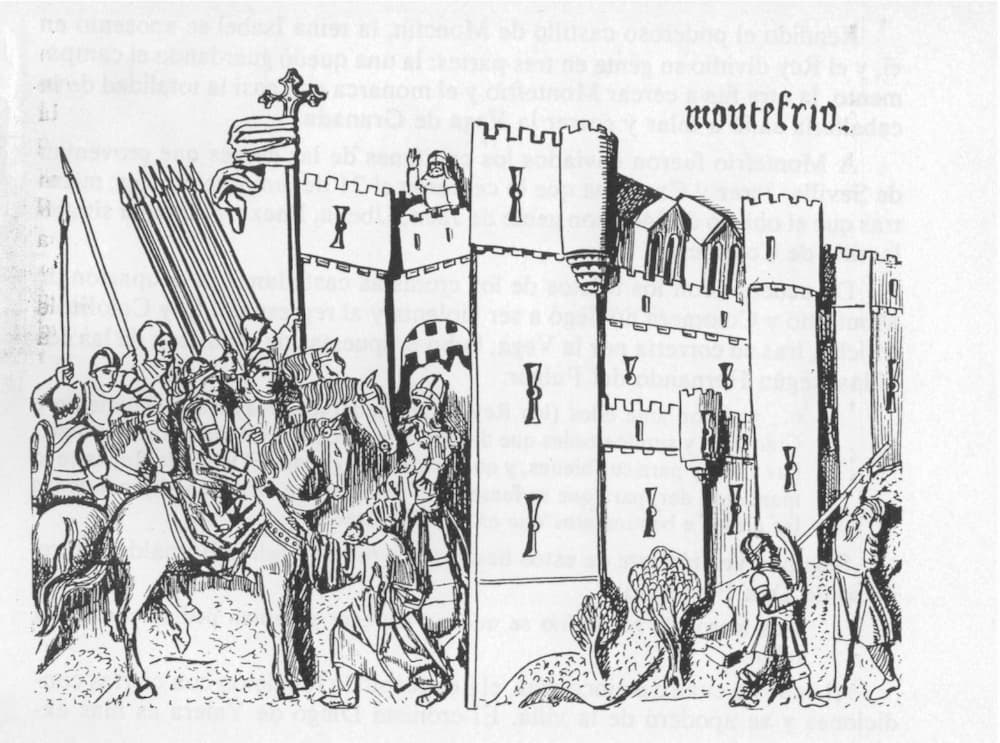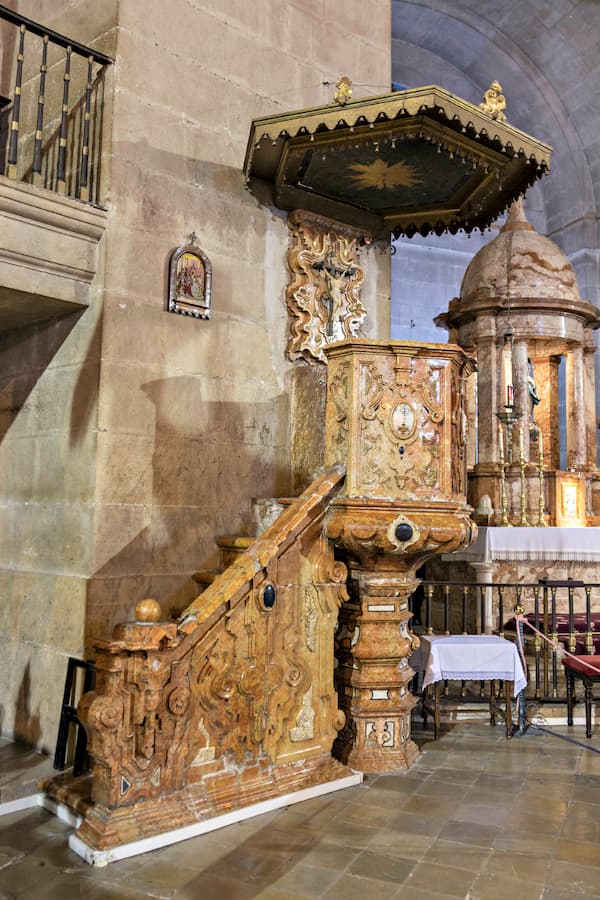History Montefrío
View moreHistory
Montefrío is a town whose history is connected to the frontier line that separated the Nasrid Kingdom of Granada from the territories under Christian rule. Archaeological studies carried out in the Montefrío evidence human presence since ancient times. Different civilizations continued to settle in this area throughout the centuries.
The oldest human remains, dating from 5300 BC, have been found in the place known as “Peñas de los Gitanos”
The megalithic graves of the early Copper Age, the Neolithic village of Los Castillejos, the late Roman necropolis or the early medieval site of El Castellón, are evidence of human presence that inhabited the area without interruption until the 10th century. This place can be considered a true archaeological paradise whose importance is confirmed with its official listing as a Cultural Heritage Site (BIC) by Royal Decree 118/1996, of March 26.


To talk about the foundation of Montefrío we must go back in time, according to LAFUENTE ALCANTARA, to the Phoenician era. But it is in the Muslim period when the population gained significance as a border enclave in the north-western limit of the Nasrid Kingdom of Granada. Some of the many watchtowers that must have existed in the area are still preserved.
The construction of the fortress by the mid-fourteenth century proves the strategic importance of Montefrío. The defeat of its castle in 1486 meant changes in the town and the beginning of a new historical era, as rich as the previous ones had been. The Renaissance church of la Encarnación, known as the church of La Villa, designed by Diego de Siloe, settled boldly in the space previously occupied by the Muslim fortress. It marked the beginning of other large-scale artistic works that gradually shaped the image of Montefrío.
Our monuments are clear examples of the variety and greatness of heritage in Montefrío. The old church of San Sebastián, built in the 16th century; the Old Town Hall (Casa de los Oficios) ordered to be built by Mr. Gil Bartolomé at the end of the 16th century; the bell gable of the old Hospital of San Juan de los Reyes, founded in 1500 thanks to the donation of Mr. Juan de Carrión, squire of the Catholic Monarchs; the Franciscan Convent of San Antonio, a work of great beauty from the Baroque era; the current Town Hall, former manor house from the end of the 18th century; the Royal Granary (El Pósito) built in times of the Bourbon reforms; and the original round Church of La Encarnación built in Neoclassical style by Domingo Lois de Monteagudo, are some of them. This architectural ensemble was officially acknowledged as BIC (Cultural Heritage) in 1982 according to BOE 181/1982, of 30 of July.

